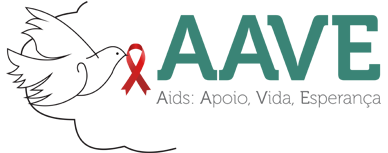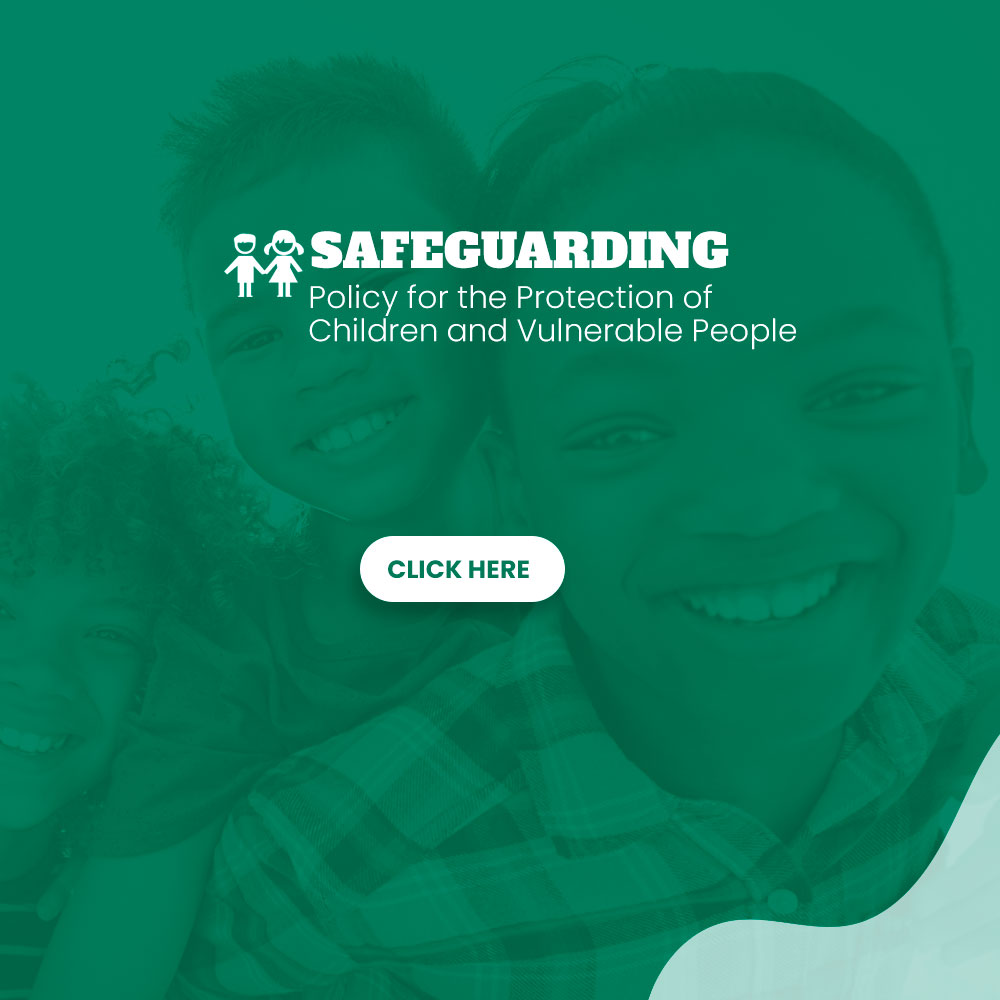Art. 8 A child or vulnerable adult is believed to be abused:
a) if s/he is treated in a way that is unacceptable within the concept of a culture at a given time
b) when the child’s/vulnerable adult’s rights are tampered with
c) when a child/vulnerable adult is not given adequate care and protection.
Art. 9 NeglectNeglect
is any omission where a child/vulnerable adult suffers significant harm or impairment of development by being deprived of food, clothing, warmth, love, hygiene, intellectual stimulation, supervision, attachment to and affection from adults or appropriate medical care.
Art 10: Signs and Symptoms of Neglect:
a) Neglected appearance
b) Poor personal hygiene
c) Inappropriate clothing
d) Constant tiredness
e) Constant hunger
f) Compulsive stealing/scavenging for food
g) Underweight or overweight
h) Dry sparse hair
i) Untreated medical problem/s
j) Few friends
k) Low self-
Art. 11 Emotional Abuse Emotional abuse is normally found in the relationship between a care-giver and a child/vulnerable adult, rather than in a specific event. It occurs when a child’s/vulnerable adult’s need for affection, appraisal, consistency and security are not met.
Art. 12 Examples of Emotional Abuse:
a) Persistent criticism, sarcasm, hostility or blaming
b) Conditional parenting
c) Emotional unavailability of parents
d) Unresponsive, inconsistent or inappropriate expectations
e) Premature imposition of responsibility
f) Unrealistic or inappropriate expectations of the child/vulnerable adult
g) Under or over-protection of the child
h) Failure to provide age-appropriate opportunities for the child’s cognitive and emotional development
i) Use of unreasonable or over-harsh disciplinary measures
j) Exposure to domestic violence – unnecessary witnessing
Art. 13 Signs and Symptoms of Emotional Abuse:
a) Physical/mental development delays
b) Excessive clinginess to or avoidance of a parent or guardian
c) Low self-esteem, unhappiness
d) Over-reaction to mistakes
e) Underweight/lethargic
f) Withdrawn/attention seeking
g) Neurotic behavior e.g. rocking/hair twisting
h) Speech disorders
i) Self-mutilation
j) Suicide
k) Significant decline in concentration
Art.14 Physical Abuse
Physical abuse is any form of non-accidental injury or pain, which results from willful or neglectful failure to protect a child/vulnerable adult.
Art. 15: Examples of Physical Abuse:
a) Use of excessive force in handling
b) Deliberate poisoning
c) Suffocation
d) Shoving, hitting, slapping, shaking, throwing, biting, punching, burning, scalding, kicking etc
e) Allowing or creating a substantial risk of significant harm to a child/vulnerable adult.
Art. 16: Signs and Symptoms of Physical Abuse
a) Unexplained/Untreated injuries
b) Injuries not consistent with history
c) Injuries to a pre-mobile child
d) Delay in seeking treatment
e) Repeat visits to GP or Accident & Emergency Department
f) Specific physical signs e.g. bruising to face, back, arms, ears, hand or buttocks.
g) Severe bruises in one place
h) Bruises that have the same shape or have an imprint
i) Finger or knuckle marks
j) Scars, burn or scald marks
k) Any fracture with no clear accidental history
Art. 17: Sexual Abuse
Sexual abuse occurs when a child or young person is used by another person for his or her gratification or sexual arousal or for the gratification or sexual arousal of others.
Art. 18: Examples of Sexual Abuse:
a) Fondling genitals, masturbation, oral sex
b) Vaginal and/or anal penetration
c) Penetration by finger, penis or another object
d) Voyeurism (deriving sexual pleasure from watching other people undress or engage in sexual activity) and exhibitionism (compulsive exposure of the sexual organs in public)
e) Exploitation through pornography or prostitution
Art. 19: Signs and Symptoms of Sexual Abuse
a) Pregnancy
b) Injuries to anal/genital area
c) Sexually Transmitted Infections (STIs)
d) Fear of a particular individual
e) Social isolation – withdrawal or introversion
f) Sleep disturbance (nightmares, irrational fears)
g) Reluctance or refusal to participate in physical activity
h) Drug/Alcohol abuse
i) Having unexplained sums of money
Art. 20: Children/vulnerable adults who are particularly vulnerable to abuse
a) Children/vulnerable adults with communication difficulties
b) Children/vulnerable adults with special needs
c) Children/vulnerable adults who are homeless
d) Children/vulnerable adults who are separated from their families e.g. children in care, refugees
Art. 21 Effects of any form of Child Abuse
The effects are not so much about what was done to the child as what it does to the child and to the adult the child will become. Other possible effects:
a) Unexpected angry behavior;
b) Low confidence in self and others;
c) Tendency to do everything to please others;
d) Suffering from conditions such as depression or anxiety;
e) Extreme shyness;
f) Blaming self excessively;
g) Bullying self;
h) Constant need of approval;
i) Physical consequences such as sexually transmitted infections, scarring and amputations.


